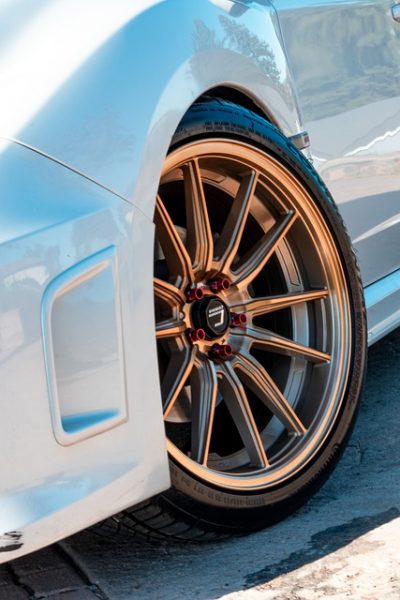
Brake fade is one of the most common issues that every driver faces. Although brake fade is more common in track or street racing cars, even regular cars suffer brake fade. Brake fade generally bothers you when you brake under load or from high speed.
If you are dealing with this issue, you might want to know more about it. Let us tell you.
Brake fade: What is it?
It is a sudden, temporary depletion of braking power that happens due to the generation of excessive heat in the braking system because of repeated braking, at high speed or under heavy load.
Brake fade is often confused with brake failure. In the former condition, the system works normally, and the power returns to normal. However, the efficiency might not match the same level.
Causes of brake fade
When you apply brakes, heat is generated, which evaporates into the atmosphere, as well as other components when released. In conditions like braking from high speeds or under heavy load, the amount of heat generated in the system surpasses the regular limit. This excessive heat builds up in the system and results in brake fade on failing to dissipate effectively.
Types of brake fade
There are various types of brake fades. Let us walk through each.
- Pad fade
Brake pads can take the temperature up to a limit. When they operate beyond the maximum temperature range, the frictional materials begin to wear and the resin binding the pad compounds out-gases. What’s left behind is a thin film of high-temperature gas between the disc and the pad. The pad starts to skid off the disc. It reduces pad-to-disc friction, degrading the braking power.
At high temperatures, a thin and uneven layer of friction material is dispersed on the surface of the brake disc. When pads rub against the uneven disc surface, the heat starts to build up. If the temperature goes beyond 650 degrees, the iron changes structurally, resulting in high spots. These high spots cause premature disc wear or brake judder. Considering how important this part is, one must always buy quality brake rotors when going for a replacement.
- Early life or green brake fade
New brake pads tend to release gas on reaching high temperatures. This gas leads to loss of friction, known as early life or green brake fade.
By bedding in the pads, i.e., bringing them up to a high temperature under controlled conditions, you can easily deal with green brake fade. In this condition, pads and discs transfer a film of frictional material to each other, establishing optimum working conditions and delivering optimum performance.
- Brake fluid fade
Brake fluid fade occurs due to heavy or prolonged braking. Under these conditions, brake fluid boils. Any trace of moisture present in the fluid also boils and turns into vapor. When you apply brakes, the pedal reaches the floor as the vapor can be compressed easily (in normal working conditions, the incompressible brake fluid does not allow the pedal to go all the way down). It affects the braking power.
Over time, as the content of moisture in the fluid increases, its boiling point decreases, enhancing the risk of brake fade.
How to prevent brake fade?
Brake fades are common and can be easily dealt with. Here are some tips that will help you prevent brake fade while also saving fuel and reducing the risk of wear and tear.
- Do not overuse brakes. Repeated use causes overheating of the system, enhancing the chances of brake fade.
- Try to avoid heavy braking.
- Drive slowly to reduce the work of the brakes.
- Keep your car light. If you drive with heavyweights, the brakes will have to work more to stop the car.
- Keep replacing the brake fluid as per the recommendation of your manufacturer.
- When driving downhill, shift to a lower gear and use the engine brake. If engine braking isn’t enough, stop for a while and allow the brakes to cool down.
- Remember bedding in the pads? It will also help.
The bottom line
Brake fade doesn’t require expert intervention. Now that you know much about it, drive carefully and try to prevent brake fade.

